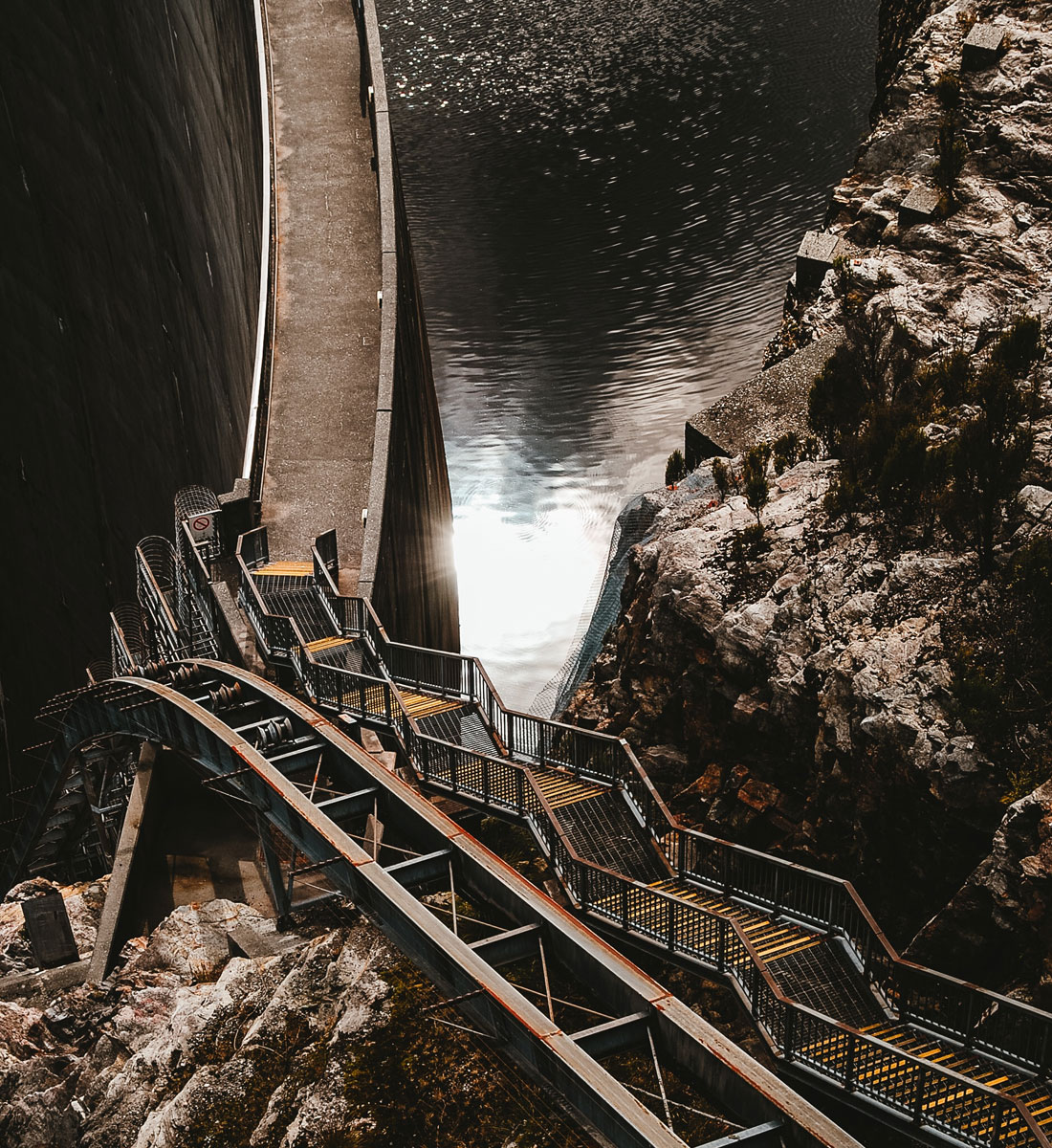Hydro by Kundan
providing renewable energy round
the clock
Our Hydropower projects have a commissioned capacity of 74 MW and we anticipate substantial growth in the near future. Majority of projects are hydropower because their focus is rooted in reliability and consistent energy production year-round. It is also more environment friendly as the the panels and turbines don't need to be disposed off after it has run its course like incase solar and wind energy.


Hydro Production Stats
Growing Faster and Stronger
Our in-house EPC eliminates the need for external contractors, streamlining project execution. We are actively involved in reviving and rehabilitating small hydro plants, recognizing their longer gestation periods. To expedite these efforts, we have meticulously planned and set timelines, ranging from 1-2 years for smaller projects to 5 years for larger endeavours. Some of our projects are Lower Lagyap Hydro Power Project , Rajpur Hydro Power Project, and Kut Hydro Power Project.
Our journey into hydropower with 6 more hydropower plants coming up reflects a broader trend in the energy industry – a realization that the future of power generation is anchored in renewable resources.

Maximizing India’s Hydropower Capacity for Sustainable Growth
India is at a pivotal stage, facing a surge in energy demand driven by robust economic growth and rising income levels. To support an 8.5% annual GDP growth, the country needs a 7% yearly increase in electricity supply, given an energy elasticity of 0.82. This challenges India to harness diverse energy sources, balancing economic development with environmental and social sustainability. Despite advancements in solar and wind energy, Hydropower demands focused attention.
“India ranks fifth globally in hydropower capacity, with an installed capacity exceeding 51.35 GW.”
However, only 29% of its 146 GW hydroelectric potential is utilized, leaving about 100 GW of river-based electricity potential untapped. Hydropower is essential for grid stabilization, especially as India aims to add 175 GW of renewable capacity.


Hydropower plants offer numerous advantages:
They provide baseload power, ensuring stable and predictable demand management.
Hydropower’s flexibility is notable; plants can rapidly transition from zero to full output, offering critical support during power outages.
Beyond electricity, these plants aid in flood control, irrigation, and providing clean drinking water.
Hydropower is less dependent on climatic conditions, offering a more stable energy flow.
Hydropower plants have low failure rates and long life-cycles, proving cost-effective in the long term.
Their ability to quickly adjust to grid fluctuations complements intermittent solar and wind supplies.
Globally, hydropower is a leading renewable energy source, with pumped storage hydropower constituting over 90% of the world’s energy storage. In India, the Central Electricity Authority reports a potential of 148 GW for various hydropower schemes, including 96 GW of pumped storage potential. With climate change realities, these resources are increasingly vital for sustainable futures.
Modern hydropower technologies are evolving towards sustainability, incorporating fish-friendly turbines and fish ladders to maintain ecological balance. The International Hydropower Association’s Sustainability Tools and the US Department of Energy’s research into modular and restoration hydro represent significant advancements.
Future hydropower projects should consider systemic approaches, integrating them into larger regional or river basin plans. Enhancing flexibility in existing plants through redesigns, equipment upgrades, and smarter technologies can further optimize their performance. Governments play a crucial role in promoting hydropower through incentives, regulatory simplifications, and encouraging investment in green bonds and electricity markets that reward hydropower’s unique contributions.
In conclusion, realizing India’s hydropower potential is critical for its developmental and environmental objectives. A comprehensive, long-term strategy is essential for tapping into this sustainable energy source.
